Crossing the Threshold
“After all, you might postulate, Socrates himself/Was an infantryman, wearing leather with nameless stains,/On latrine duty, chewing olives, pursuing the elf/Called the soul as he chatted. Serene, undismayed/He lived and stayed sane . . .”— Jean Carroll Nolan
More Light
By Jean Carroll Nolan
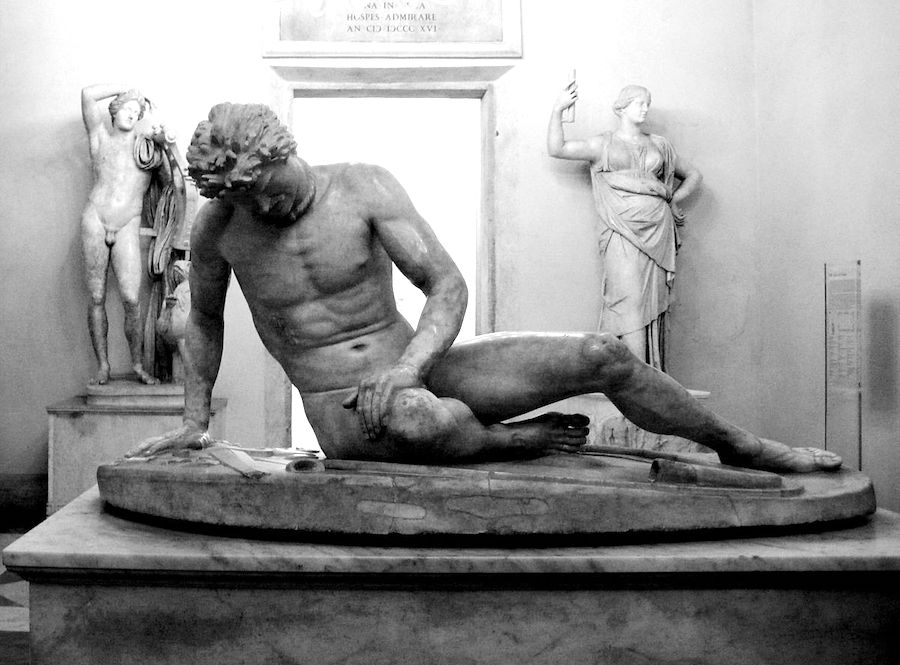
“. . . yet once, ages ago, they had been everywhere and had seen everything, and nothing that happened to them thereafter meant anything much. All that was real had taken place when they were young; everything after that had simply been a process of waiting for death . . .”—Bruce Catton, Preface, Mr. Lincoln’s Army
“It’s funny to be so young, and old at the same time.”—John Nolan, looking at the picture of himself in a bar in the Philippines, taken approximately September of 1969, R & R from Vietnam.
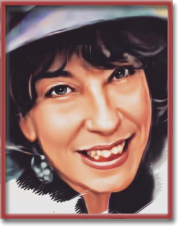 Editor’s Note: For almost 60 years, I have known and loved Jean Carroll Nolan. In the very early 1960s, we were classmates at the Francis W. Parker School of Chicago, and have played an extended game of literary and emotional tennis (doubles and singles) ever since, though an entire continent has long separated us geographically. This column and poem, a love letter to her husband of 52 years, first appeared here in August 2017, three years before John Nolan’s death.
Editor’s Note: For almost 60 years, I have known and loved Jean Carroll Nolan. In the very early 1960s, we were classmates at the Francis W. Parker School of Chicago, and have played an extended game of literary and emotional tennis (doubles and singles) ever since, though an entire continent has long separated us geographically. This column and poem, a love letter to her husband of 52 years, first appeared here in August 2017, three years before John Nolan’s death.
SEASIDE California—(Hubris)—1 April 2023—When my husband went to Vietnam, in 1969, he was a beautiful boy of 22, who played guitar and sang Bob Dylan and the Clancy Brothers in a lovely baritone. He read a lot, for a person with severe dyslexia, his tastes ranging from Omar Khayyam to John O’Hara, and he was a raconteur par excellence, with a huge, infectious laugh. He had wonderful posture, more a result of attending a Catholic prep school than being a member of the Marine Corps, and he loved to drink. We were madly in love, in a literal sense. We could not wait to tell each other everything that had happened during the day, and to sanctify our love with lovemaking. I was 19, and we had been married a year and a half when he left. I wrote him every day, sealing the letters with a signet and blue, green, or purple wax. Letters came from him, requesting books, pillows, a fan, underwear. Boxes were sent, containing all that was requested, plus salami, crackers, kippers, cheese. He built a desk in his hooch, with shelves. As my brother noted at the time, John acted like an old soldier, creating comfort where little existed, and making the best of the heat and sand and humidity that surrounded him.
He was stationed in Da Nang, at Marble Mountain Air Base, with Squadron 364, the Purple Foxes, part of the First Marine Air Wing. He was a helicopter mechanic, specializing in the CH-46, a twin rotor Sikorsky model. The mechanics doubled as gunners and crew chiefs, but he had said he would not volunteer for flying missions and, in my innocence, I believed him. He arrived in country (people who served there never say “Nam,” but always “in country”) in late May of 1969. By mid-June, he was a crew chief, primarily flying Medevac missions. On July 21, he received his first Single Mission Air Medal, (equivalent to a Bronze Star) and, by August, I could tell, reading his letters, that he was beginning to go slightly mad. He was sent on R & R to The Philippines, where the black-and-white photo below was taken, and it is possible already to read thousand-yard stare in the gorgeous face.
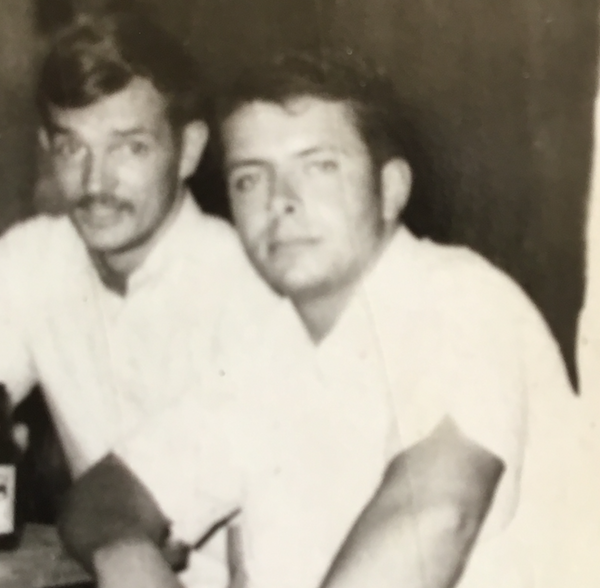
He flew constantly, racking up a total of 800-plus missions, and accruing 37 strike/flight Air Medals, and two single mission awards. He had no sense of politics, and undoubtedly would have had more medals had he cozied up to people. That is not his style, and never was.
He came home, 23 years old, still beautiful, still capable of funniness, but changed, unalterably. Don’t misunderstand me. We had a good life. Next March, we will mark our 50th wedding anniversary, and we have two children whom we not only love, but like: we would be friends with them even if we weren’t related. We continued to read and discuss, to talk and make love, to adopt creatures and lavish love on them, and to make music.
But, a part of him never came back. Reading Catton, as reading Homer, one sees that this is not a unique situation. Painful, difficult, and maddening sometimes, but not unique. It is to the part of him, and the others like him throughout history, stranded in the past, forever 22, seeing what was too hard to see, fighting in a war he knew was a waste even then, that this poem is dedicated.
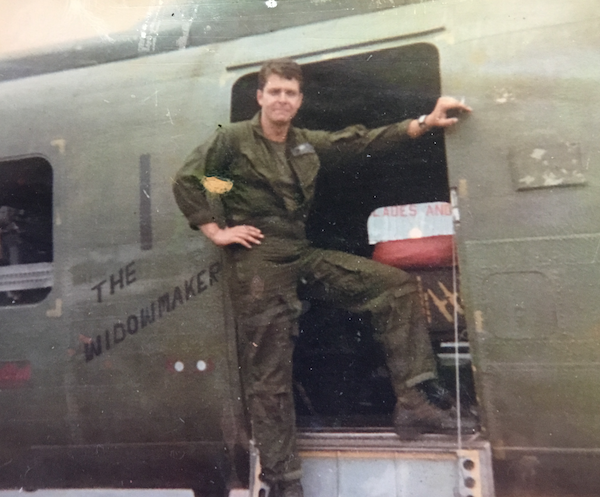
“The Hero Crosses the Threshold”
(For John)
By Jean Carroll Nolan
In classical literature, in myth, in song
The hero approaches the threshold with trepidation.
Not ecstatic but anxious the small and strong
Alike are cowed by destiny’s intimation
Of mortality. Each endures alone
The cooling of courage, dragged from the heart’s hot core
Like particular dust in the wild arterial drone,
To nourish extremities—chilly feet. The more
Public, articulate hands may grasp the blade
Twitching, while the mind proposes wonders;
Yet even an epic protagonist, arrayed
In magic armor fears the step that sunders
Him from the bonds of the real. It is the sweet
And terrible gift of the gods, a formal pride
That renders him sufficiently indiscreet
To cross the line. Once he has so denied
Self-preservation, for war, for God, for game
All other states of being seem sadly tame
In ancient times, it appears it was understood
That when one returned to everyday occupations,
To farm and to family, the outcome was seldom good.
Few left the plain before Troy to resume their stations
Without tragic results. Agamemnon and Ajax both
Fell, the former a victim, the latter quite mad
And a killer. The audience of the time was loath
To condemn either man, knowing each had been fire-clad
In Ilion dodging the arrows Apollo sent flying.
You could say the entire argument crashes to earth
When once it’s admitted the men who scripted the dying
Onstage were all veterans, educated since birth
To believe that a citizen’s duty might lie in campaigns,
After all, you might postulate, Socrates himself
Was an infantryman, wearing leather with nameless stains,
On latrine duty, chewing olives, pursuing the elf
Called the soul as he chatted. Serene, undismayed
He lived and stayed sane, dying only with Athens’ aid.
Poets and pirates, soldiers of our Revolution,
Even the men who walked up the hill to the wall
At Gettysburg went on to find a civilian solution.
But what of the soul that feeds not on honey, but gall?
What of Beowulf, walking home through the wood,
When Grendel lay slain, bled out on the granular sand?
While trees and the wind celebrated the victory of good
Did the hero’s menos mince down the blade in his hand,
To whirl with the ghosts of the dead in a victory dance?
Or was it trapped in the echoing vault of his heart,
A stowaway stranded, denied the barest chance
Of flight? Did he know already his path lay apart?
Blood-blind, throat open, swollen with madness and glory,
He strode through the night, howling raw joy to the sky.
Not even a hero is gifted to know his own story,
Had he done so, he might well have thought it a good time to die.
For how does one find a way back from Valhalla’s height
When courage has kissed one, and shepherded one through the fight?

Regarding the image of the Classical sculpture used to illustrate this poem (from Wikipedia): The Dying Gaul, also called The Dying Galatian (in Italian, Galata Morente) or The Dying Gladiator, is an ancient Roman marble copy of a lost Hellenistic sculpture, thought to have been originally executed in bronze. The original may have been commissioned between 230 and 220 BC by Attalus I of Pergamon to celebrate his victory over the Galatians, the Celtic or Gaulish people of parts of Anatolia. The identity of the sculptor of the original is unknown, but it has been suggested that Epigonus, a court sculptor of the Attalid dynasty of Pergamon, may have been the creator. Until the 20th century, the copy was most commonly known as The Dying Gladiator on the assumption that it depicted a wounded gladiator in a Roman amphitheater. Scholars had identified it as a Gaul or Galatian by the mid-19th century, but it took many decades for the new title to achieve popular acceptance.
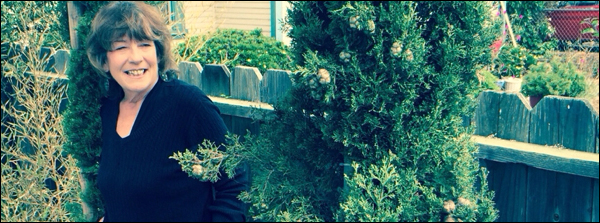
3 Comments
Gale Galbreath
Enjoyed this so very much. Thank you.
Kathryn Nolan ( one of John's 3 sisters)
I love reading this again & again…Jean is blessed with a tremendous gift and command of language…putting words together to set the stage. I miss my brother more each day…thank you Jean for putting pen to paper to honor his life.
Special thànk you to the Editor for providing this forum to showcase this talented group.
Eguru B-H
Dear Kathryn, I spoke with John often on the phone–an unforgettable voice, his–and miss Jean-and-John. Every day, it seems I miss more and more, and many more, but at least we have these words–Jean’s and John’s–and our brilliantly-lit memories. Thank you so much for writing in.